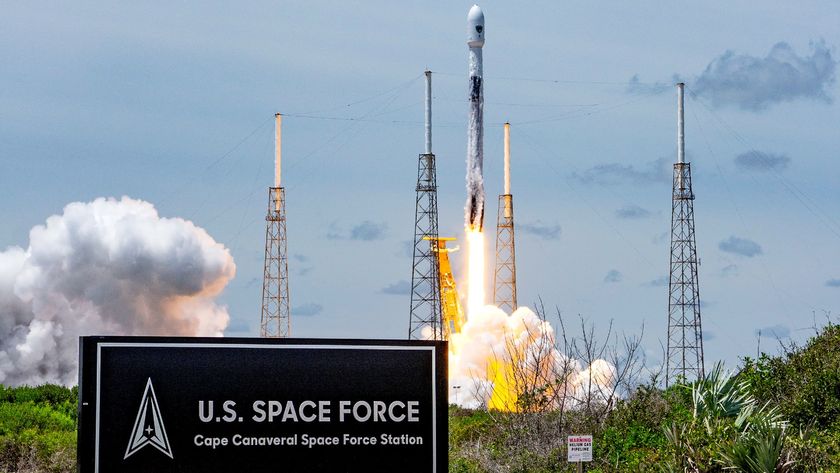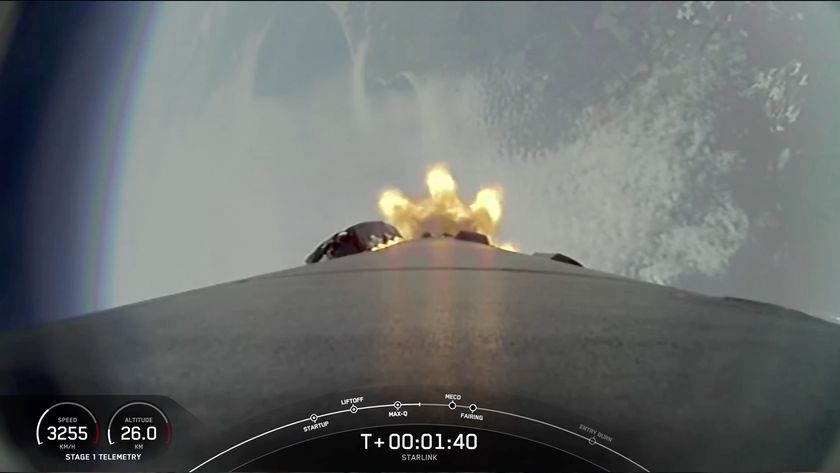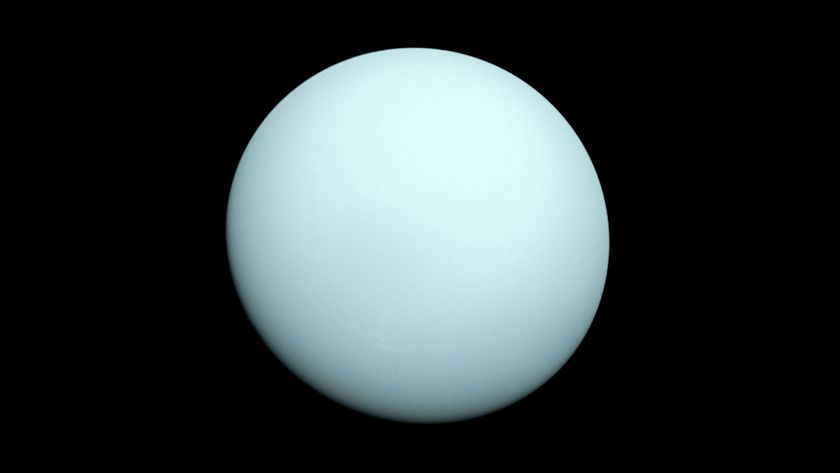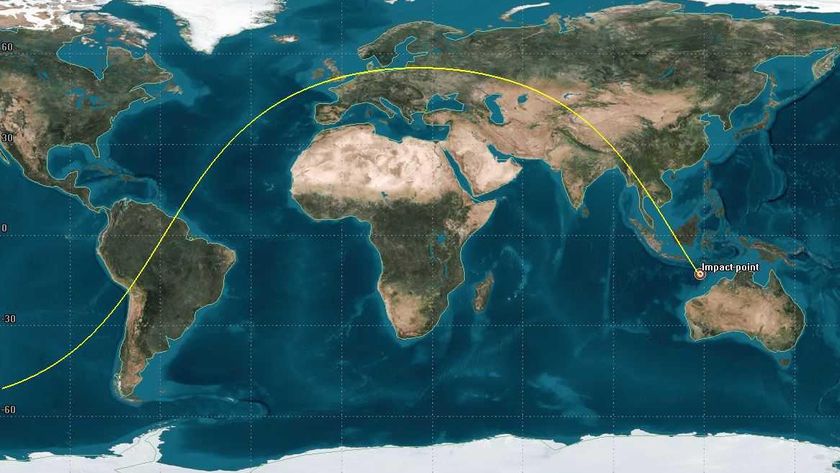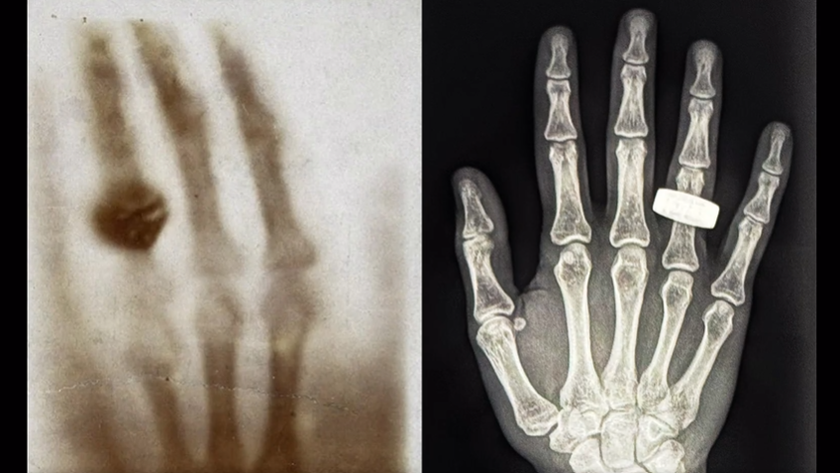Venera 7, 1st to Send Data from Venus Surface, Launched 45 Years Ago
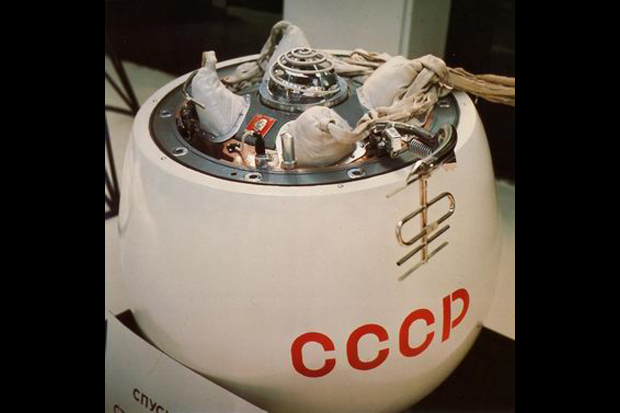
Forty-five years ago today (Aug. 17), the then-Soviet Union launched Venera 7, a spacecraft that would eventually become the first probe ever to send data from the surface of Venus, if only for a few brief minutes.
Venera 7 was one in a series of Soviet missions to Venus to explore the surface of the hot, hellish and cloud-covered world. The spacecraft consisted of a spherical landing probe and a spacecraft bus to carry the lander to Venus. "The objectives of the missions were to return data from the Venus atmosphere, make a landing on the surface, and continue to return data after landing," according to a NASA mission file. "Venera 7 was the first spacecraft to return data after landing on another planet."
According to NASA, Venera 7 launched into space from what is now Baikonur Cosmodrome in Kazakhstan at 1:38 a.m. EDT (0538 GMT), aboard a modified SS-6 rocket. The Soviet Union also launched a second Venus probe in August 1970, but that mission failed to leave Earth orbit. [Venus: 10 Weird Facts]
Unlike its partner, Venera 7 did successfully fire its escape-stage rocket engine to begin the nearly four-month cruise to Venus. The probe reached Venus in December of 1970 and made its historic landing on the planet on Dec. 15 of that year.
Venera 7 was designed to enter the atmosphere of Venus, deploy a parachute to slow its fall toward the surface. But, the parachute ripped and collapsed during the descent, leaving Venera 7 in freefall for 29 minutes before it slammed into the Venusian surface. At the time, the probe appeared to stop sending signals, but alas it survived for less than a half-hour.
"Later analysis of the recorded radio signals revealed that the probe had survived the impact and continued transmitting a weak signal for another 23 minutes," NASA's National Space Science Data Center record states. "It is believed that the spacecraft may have bounced upon impact and come to rest on its side, so the antenna was not pointed towards Earth."
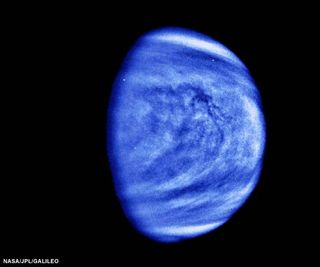
So what did Venera 7 say from the surface of Venus?
Get the Space.com Newsletter
Breaking space news, the latest updates on rocket launches, skywatching events and more!
The probe was able to send data on the temperature of Venus (a mind-boggling 887 degrees Fahrenheit or 475 degrees Celsius), the atmospheric pressure (92 bar) and a wind speed of 2.5 meters per second (nearly 5.6 mph or 9 km/h).
So while Venera 7 may not have made the soft landing Soviet scientists hoped it would, it did send at least some data on what the surface of Venus was like and set the stage for even more ambitious missions like Venera 13, which landed on Venus on March 1, 1982 to snap the first color pictures of the planet from its surface.
Email Tariq Malik at tmalik@space.com or follow him @tariqjmalik and Google+. Follow us @Spacedotcom, Facebook and Google+. Original article on Space.com.
Join our Space Forums to keep talking space on the latest missions, night sky and more! And if you have a news tip, correction or comment, let us know at: community@space.com.

Tariq is the Editor-in-Chief of Space.com and joined the team in 2001, first as an intern and staff writer, and later as an editor. He covers human spaceflight, exploration and space science, as well as skywatching and entertainment. He became Space.com's Managing Editor in 2009 and Editor-in-Chief in 2019. Before joining Space.com, Tariq was a staff reporter for The Los Angeles Times covering education and city beats in La Habra, Fullerton and Huntington Beach. In October 2022, Tariq received the Harry Kolcum Award for excellence in space reporting from the National Space Club Florida Committee. He is also an Eagle Scout (yes, he has the Space Exploration merit badge) and went to Space Camp four times as a kid and a fifth time as an adult. He has journalism degrees from the University of Southern California and New York University. You can find Tariq at Space.com and as the co-host to the This Week In Space podcast with space historian Rod Pyle on the TWiT network. To see his latest project, you can follow Tariq on Twitter @tariqjmalik.
